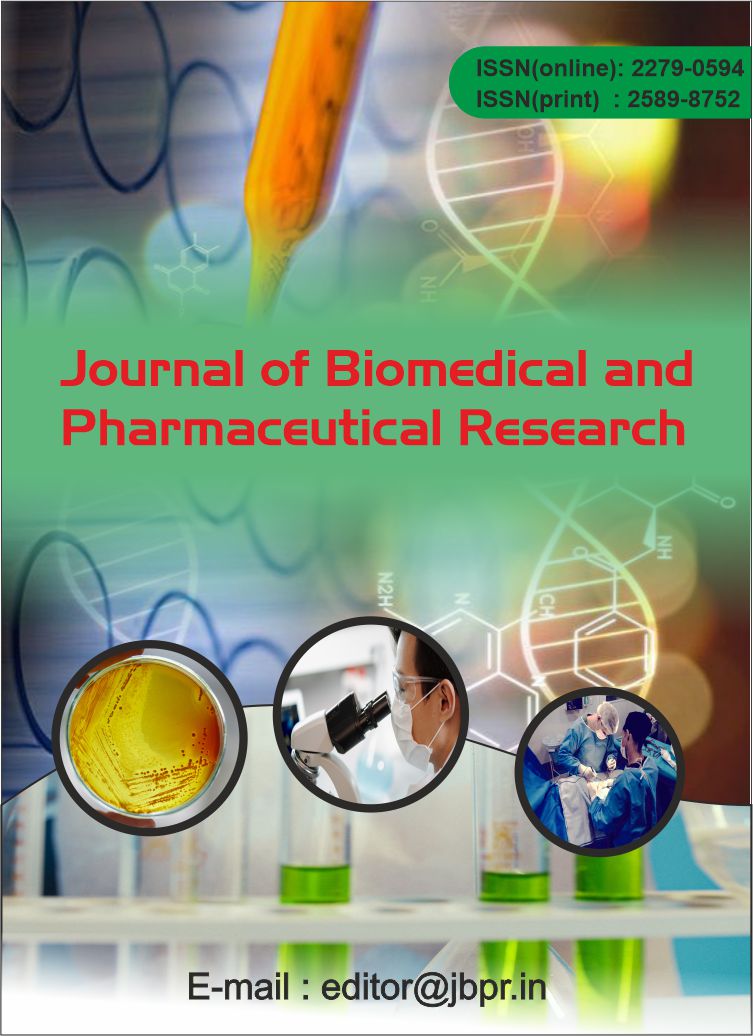MOLECULAR DETECTION OF HELICOBACTER PYLORI AMONG GASTRODUODENITIS AND PEPTIC ULCER PATIENTS IN KHARTOUM STATE
Abstract
Background: Helicobacter pylori infection is associated with gastroduodenitis , gastric ulcer and duodenal ulcer . Many of studies have released causes of gastric ulcer and duodenal ulcer (approximately 95% of duodenal ulcers and 85% of gastric ulcers) to infection with H. pylori. The study was aimed to detect Helicobacter pylori in patients with gastroduodenitis and peptic ulcer in Khartoum State by employing Polymerase chain reaction (PCR) to detect H. pylori 16S gene, sudan .
Methods: Molecular testing for H. pylori 16-S gene was done on 57 stomach and duodenal biopsy specimens using PCR technique. Biopsy specimens were collected by gastroenterologist using endoscopy. Multiple gastric biopsy specimens were taken from the stomach antrum and the corpus and the duodenum. Transport of specimens was in normal saline and kept at -80 OC till used . Extraction was done by using Vivantis GF-1 Nucleic acid extraction kit (Vivantis, MALAYSIA). The amplification reaction was carried out in thermo cycler machine PCR system with program system consisting of (1 min at 94°C, 2 min at 55°C, 3 min at 72°C), and final extension was done at 72°C for 5 min) PCR products were separated in a 1.5% agarose gel, then stained with ethidium bromide and viewed under gel documentation system. A result was considered positive when a band of the appropriate size was visible in the gel. Standard procedures for reducing contamination were strictly followed.
Results: Twelve samples (21.1%) out of 57 were positive by PCR, while 45 samples (78.9%) were negative.
Conclusion: The frequency of 16 S rRNA genes of H. pylori among endoscopic patients was 21.1%.
![]() Journal of Biomedical and Pharmaceutical Research by Articles is licensed under a Creative Commons Attribution 4.0 International License.
Journal of Biomedical and Pharmaceutical Research by Articles is licensed under a Creative Commons Attribution 4.0 International License.





